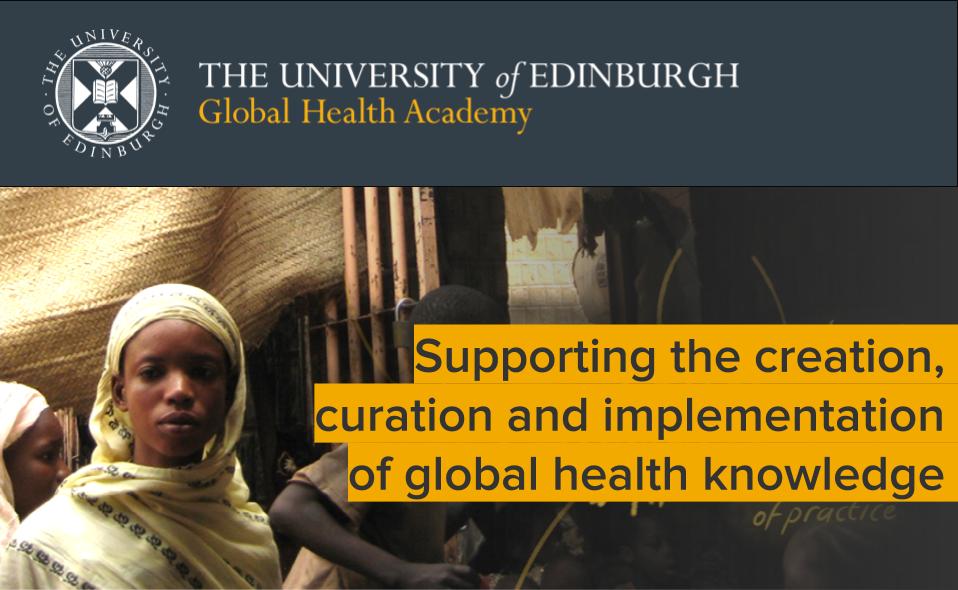The potential impact of technology on health delivery: NCDs
“The number of mobile subscriptions in use worldwide, both pre-paid and post-paid, has grown from fewer than 1 billion in 2000 to over 6 billion in 2012 (current world population estimates are near 7 billion)” (1)
Facebook has reached more than 1 billion active users and every minute, 48 hours worth of content is uploaded to YouTube (2)
During this last decade we have had to make two fundamental shifts in our thinking about NCDs:-
Firstly that NCDs are also a major health challenge in low and middle income countries – gone are the days when NCDs were seen as the disease of rich countries and infectious diseases as the disease of poor countries.
Secondly that NCDs only affected the middling to older aged population. NCDs affect everyone and transforming the NCD world picture demands a life course approach to policies and interventions if the burden is to be reduced in any significant way.
A new report from NCD Child entitled “Young people and NCDs: Harnessing the culture of technology”(2) highlights the link between the exponential rise of mobile phones, the use of technologies and a younger generation more tech-savvy than any generation that has gone before, and argues that “A life-course approach to prevention (primary, secondaryand tertiary) that pays greater attention to adolescence and acknowledges major cultural drivers of change in young people’s attitudes and actions is central to mitigating the effects of NCDs in individuals, communities and societies now and in the future.” Harnessing this in the battle with NCDs is a priority. We desperately need new ideas, new plans and new tested and trialled interventions to improve young peoples’ health through mobile technology.
” We need to communicate what NCDs are, and why they matter to a global audience of young people – the generation who must solve this issue ” Dr Alessandro Demaio, NCDFREE
A white paper produced by mHealth Alliance in 2010 (3) highlighted some of the barriers and gaps to making mHealth widely available, such as security of patient information and policy etc and that “Governments need to develop a strategic eHealth framework in which mHealth is an integral component in order to provide mHealth implementers in the NGO and private for profit sectors more guidance when implementing projects to ensure alignment with their eGovernment, health information systems, and other relevant policies and aims to leverage technology for public good” (3).
This latest report (1) highlights not only the availability of mobile phones worldwide and shows that this is continually increasing, but also looks at the some of the key barriers to full implementation – patient privacy and security of patient information. Mobile technology has the ability to help greatly in the drive for health equality and we need to capitalise on this – however we also need to ensure that the barriers are addressed for maximum worldwide benefit. There has been some success to date and harnessing the young and tech-savvy in the battle with NCDs is another excellent step which is easily transferable to other disease areas. However the question now is how else do we continue to maximise this particular technology as an added value in health delivery globally, ensuring that barriers are cleared, gaps are filled and it becomes an integral part of health policy and delivery?
Dr Liz Grant, is Deputy Director of the Global Health Academy at Edinburgh University
References
(1) Patient privacy in a mobile world a framework to address privacy law issues in mobile health
http://www.mhealthalliance.org/images/content/trustlaw_connect_report.pdf
(2) NCD Child – Young people and NCDs: Harnessing the culture of technology
https://www.dropbox.com/s/ylubv2umqbzn8kx/2013%20Issues%20Paper_FINAL%2024%20June%202013.pdf
(3) Barriers and Gaps Affecting mHealth in Low and Middle Income Countries: Policy White Paper.
http://cghed.ei.columbia.edu/sitefiles/file/mHealthBarriersWhitePaperFINAL.pdf





